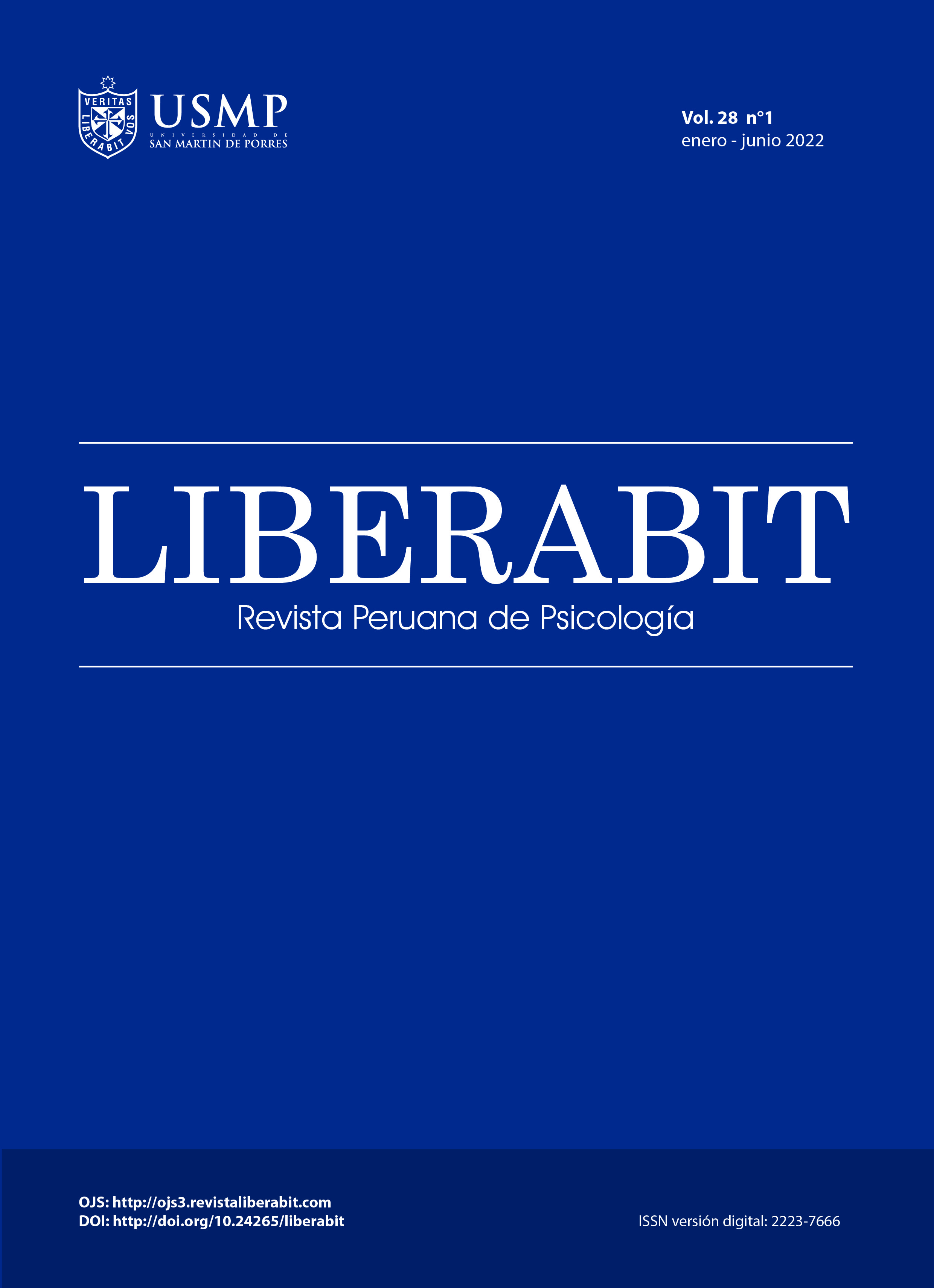Gifted Students: Exploring their Distribution According to the Type of Educational Institution
DOI:
https://doi.org/10.24265/liberabit.2022.v28n1.02Keywords:
giftedness, academic potential, family socioeconomic status, school segregationAbstract
Background: Gifted students or students with academic potential need an enriching environment to achieve an outstanding performance. However, phenomena such as school segregation negatively affect the transformation of intellectual potential into academic talent. Objective: To compare the distribution of gifted students from the fifth grade of elementary school to the fourth year of high school in the Province of Concepción, Chile, coming from families of low, medium and high socioeconomic status, determined by the type of educational institution in which they study. Method: Six hundred fifty (650) students aged between 11 and 17 participated in the study and answered the Raven’s Progressive Matrices Test, which allowed the identification of the intellectual potential based on the cut-off score. Results: Statistically significant differences were found in the intellectual potential among students from public, subsidized private and fee-paying private educational institutions, as well as differences in the distribution of the intellectual potential relative to the students’ education level and their families’ socioeconomic status. Conclusions: When exploring the distribution of gifted students according to the type of educational institution, there was a higher concentration of those students in educational institutions with families of high socioeconomic status, and a lower concentration in educational institutions with families of low socioeconomic status.
Authorship contribution
The authors participated in the development of the article.
Downloads
References
Psico-USF, 17(3), 387-395. https://doi.org/10.1590/S1413-82712012000300005
Arán, V. (2011). Funciones ejecutivas en niños escolarizados: efectos de la edad y del estrato socioeconómico. Avances en Psicología Latinoamericana/Bogotá, 29(1),7 98-113. https://revistas.urosario.edu.co/index.php/apl/article/view/499/1477
Arán, V. (2012). Estrato socioeconómico y habilidades cognitivas en niños escolarizados: variables predictoras y mediadoras. PSYKHE, 21(1), 3-20. https://doi.org/10.4067/S0718-22282012000100001
Arancibia, V. (2009). La educación para alumnos con talentos: una deuda y una oportunidad para Chile. Dirección de Asuntos Públicos de la Pontificia Universidad Católica de Chile.
Asociación de Municipalidad de Chile. (s/f). Ley de Subvención Escolar Preferencial N° 20.248 [presentación de diapositivas]. Cámara de diputadas
y diputados de Chile. https://www.camara.cl/verDoc.as px?prmID=23075&prmTIPO=DOCUMENTOCOMISION
Barahona, P., Veres, E., & Barahona, M. (2018). Factores asociados a la calidad de la educación en Chile. Revista Internacional de Investigación en Ciencias Sociales, 14(1), 17-30. http://revistacientifica.uaa.edu.py/index.php/riics/article/view/482/pdf
Barton, P. E., & Coley, R. J. (2009). Parsing the Achievement Gap II. Policy Information Report. Educational Testing Service. https://files.eric.ed.gov/fulltext/ED505163.pdf
Bellei, C., Contreras, M., Canales, M., & Orellana, V. (2018). The Production of Socio-Economic Segregation in Chilean Education. School Choice, Social Class and
Market Dynamics. En X. Bonal & C. Bellei (Eds.), Understanding School Segregation. Patterns, Causes and Consequences of Spatial Inequalities in Education (pp. 221-240). Bloomsbury Academic.
Bronfenbrenner, U. (1985). Contextos de crianza del niño. Problemas y prospectiva. Infancia y aprendizaje, 8(29), 45-55. https://doi.org/10.1080/02103702.1985.10822058
Cairo, E., Cairo, E., Bouza, C., & Solozabal, P. (2000). Algunas características y posibilidades del test de matrices progresivas de Raven. Revista Cubana de Psicología, 17(2), 95-105. http://pepsic.bvsalud.org/pdf/rcp/v17n2/02.pdf
Canals, C., Aguirre, C., Blanco, C., Fábrega, F., Mena, C., & Paulus, N. (2019). El «voucher» a la chilena. Reflexiones sobre elección escolar y financiamiento
educacional. Estudios Pedagógicos, 45(1), 137-150. https://doi.org/10.4067/S0718-07052019000100137
Published
Issue
Section
License
Copyright: In the event that the manuscript is approved for future publication, the authors retain the copyright and assign to the journal the rights to publish, edit, reproduce, distribute, exhibit, and communicate nationally and internationally in the various databases, repositories and portals.
Self-archiving policy: The author can share, disseminate, and publicize his research published by the media (e.g., academic social networks, repositories, and portals) available on the web. During the editorial review process, the journal will provide the author with the previous versions (post-print) which should NOT be disclosed by any media, only for personal use and for final approval. Liberabit will send the author the final version of the article (published version) in PDF and HTML to be shared, disseminated and disclosed by the media available on the web. After the publication of the articles, the authors can make other independent or additional agreements for the non-exclusive dissemination of the version of the article published in this journal (publication in books or institutional repositories), provided that it is indicated with the respective reference that the work has been published for the first time in this journal.











